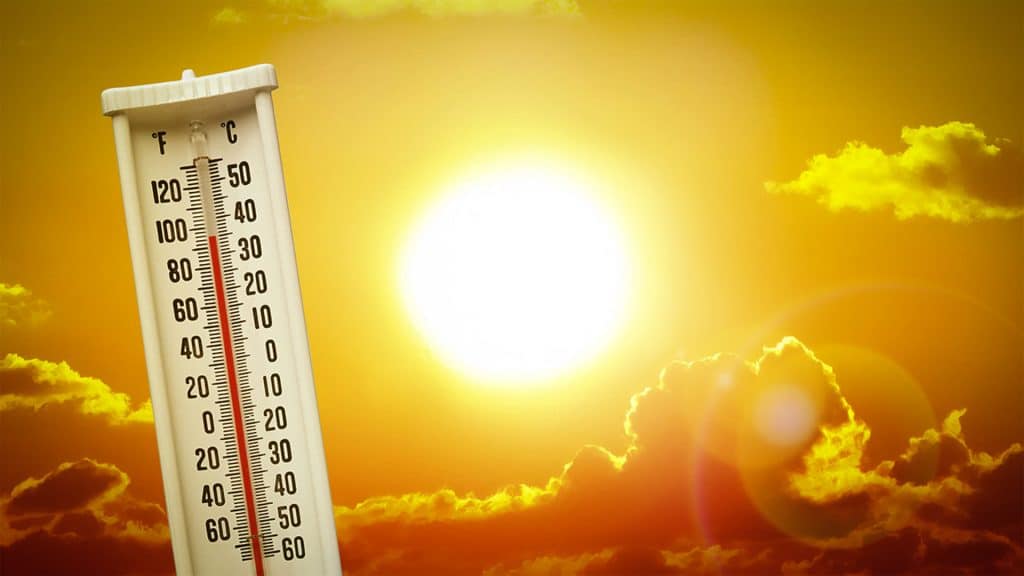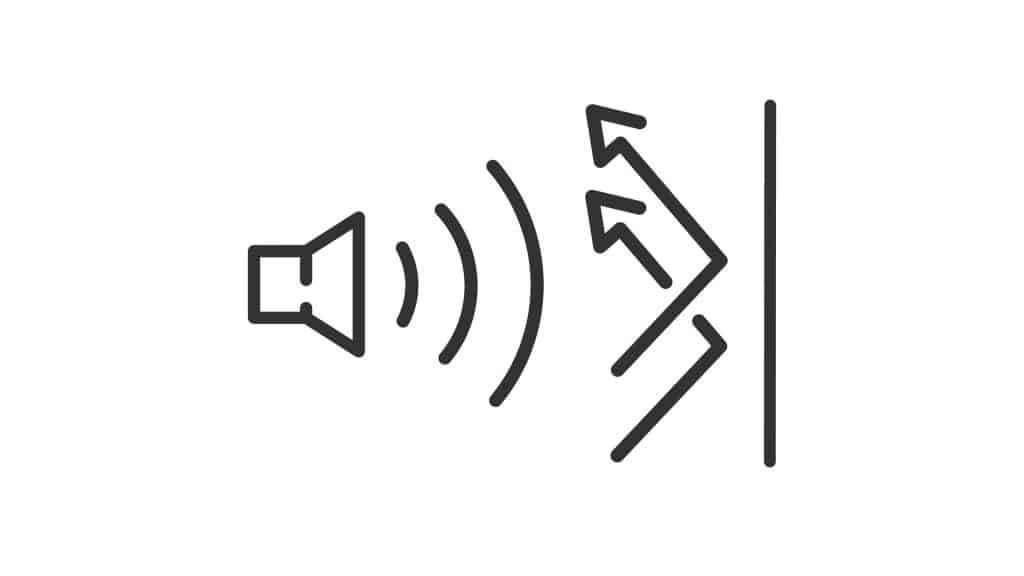Depending on what you’d like to use your shed for, insulating it may be something you should consider. In this article, we cover everything from the best insulation for a shed to which insulation is right for you!
Why should you insulate a shed?
There are many reasons to insulate a shed, ranging from overall comfort and quality of life improvements to making a shed safe and habitable. Below are the reasons you should consider shed insulation.
Thermal protection

A shed without insulation is like a jacket with no filling, it will do a terrible job at keeping cold air out and hot air in. Not only will a lack of insulation give you a temperature problem, but it may also allow water and weather to leak into your shed. Maybe you are planning on turning your shed into a personal gym or even an Airbnb. Regardless, you plan on having people in the shed for extended periods of time. Therefore, you should insulate your shed to provide warmth and comfort to the guests you may have. Another reason to insulate your shed is if you plan on storing weather-sensitive equipment, like tools or boxes. Also, if you plan on keeping animals in your shed it is a good idea to install some shed insulation to ensure the safety and comfort of said animal(s).
Improved acoustics

Shed insulation can act as a form of soundproofing. This is because sounds are made up of vibrations, and these vibrations travel from outside of your shed, through your wall, then into your shed, and vice versa. Shed insulation can absorb the sound before it makes it through the wall, therefore, helping keep inside noises in and outside noises out. This can be very beneficial if you’re a musician and using the shed as a music studio to record a song, or if you just want a quiet place to read a book.
Protection from dampness
Moisture and condensation buildup can be detrimental to the well-being of your shed. This is because moisture and condensation will lead to the development of mold and rot in your shed, and if you keep metal equipment in your shed this can cause it to rust. Shed insulation provides consistent temperatures so condensation won’t be an issue and if you use the proper insulation like spray foam, for example, it can create a good seal against the wall so no moisture from the outside can make its way in.
Electrical protection
As you may know, electricity and water don’t mix very well. If water gets into your shed and makes contact with its electrical components it can cause a short circuit or even ignite a fire! If you care for the safety of you and your shed, insulating your shed is imperative. As stated in the previous section, certain insulation will create a good seal that will prevent moisture and condensation from building up.
Why shouldn’t you insulate a shed?
Now that we went over the reasons that you should consider shed insulation, let’s talk about why you shouldn’t.
Simple Storage
If you’re using your shed just to store gardening tools and other equipment that isn’t sensitive to weather, then you should be fine to skip insulating your shed.
Non-livable shed
If you don’t plan on making your shed livable for a human or an animal, then you shouldn’t have to worry about shed insulation.
How can I insulate my Shed?
Now you know if you should insulate your shed, but you may still be wondering how. Let’s break it down.
Choosing the right insulation
There is a variety of options when it comes to shed insulation. Making sure you choose the right insulation for your situation is crucial to making sure your shed lives up to its full potential. Many different factors can affect which type of insulation you should pick including the insulation’s price, effectiveness, and versatility.
Price
When it comes to purchasing anything, price is an important factor to consider. Insulation prices can range anywhere from $0.25 up to $5+ per square foot. So, make sure you account for the price of the insulation.
Insulation Effectiveness (R-value)
Not every insulation is the same, as some do a better job at insulating than others. Now, you may be wondering how that effectiveness is measured, the answer is R-value. R-value is the measure of how well a 2-dimensional barrier resists the conductive flow of heat. The higher the R-value, the better the material is at insulating your shed.
Versatility
Certain types of insulation have their own caveats, where one type of insulation would fit well and work, and another one won’t. A good example of this is if you want a good seal for moisture and/or sound, you wouldn’t want to use bubble wrap insulation. Or if you wanted your insulation to fill cracks and gaps, you’d rather use spray foam over the other types.
Types of insulation
Let’s go over the different types of shed insulation.
Spray foam insulation
Spray foam insulation is a composite material that is sprayed in a space to provide insulation as well as act as a sealant. Spray foam is available in two different forms known as open cell insulation and closed cell insulation. When the material is sprayed, it expands to fill cracks and form small air pockets throughout the foam, also called cells. These cells create gaps of air that make it difficult for heat and sound to transfer through the material.
There are two different types of spray foam, open cell, and closed cell.
Open cell spray foam is spray foam where the cells are not completely closed, this makes the foam susceptible to absorbing moisture. A plastic lining installed on the exterior of the insulation, also known as a vapor barrier, can help mitigate this issue.
Closed cell spray foam is spray foam where the cells are completely closed, this makes it more effective against moisture. As well as providing a higher R-value than its open cell counterpart because the cells are more densely packed together.
Spray foam insulation overview
- Open cell
- Cost: $0.50 to $1.50 per square foot.
- Efficiency (R-value):5-3.8 per square inch (Higher is better)
- Closed cell
- Cost: $1 to $2.50 per square foot.
- Efficiency (R-value):5-7 per inch (Higher is better)
- Pros
- Great coverage and versatility: Spray foam can be sprayed anywhere easily and expands to provide ample coverage.
- Vapor barrier: Closed cell spray foam has no issue blocking moisture, eliminating the need for a plastic vapor barrier.
- Good sealant: The foam expands to fill cracks and gaps, providing a good seal for moisture and sound.
- High R-value
- Easy installation
- Cons
- Expensive, especially the closed cell version
- Installation can get messy
- Long time to dry
Fiberglass insulation
Fiberglass roll insulation is a puffy, soft, cotton-like insulation material. It is available in batts, rolls, or loose-fill and is made by spinning molten glass into fibers and coating them with binder unless they are loose-fill, in which binder is not used. Fiberglass insulation traps air and slows the transfer of heat.
Fiberglass insulation overview
- Cost: $0.30-$1.50 per square foot.
- Efficiency (R-value):2-4.3 per inch (Higher is better)
- Pros
- Inexpensive
- Versatile: Fiberglass rolls and batts are easy to cut so they can fit wherever they are needed.
- Fire-resistant: Since fiberglass is made from glass, it is naturally fire-resistant, and some fiberglass is treated with fire retardant to further improve its fire resistance.
- Sound-dampening: Fiberglass has sound-dampening properties that reduce sound passing through your walls.
- Moderate R-value
- Cons
- Moisture: Fiberglass doesn’t do a great job at blocking moisture, humidity and leaks can cause mold and mildew problems later. Moisture can also deform fiberglass so you may want to consider buying a vapor barrier.
- Poor sealant
- Harmful particles: If inhaled, particles of fiberglass can cause coughing, nosebleeds, as well as other conditions.
Mineral wool insulation
Mineral wool insulation, also known as stone wool insulation or slag wool insulation, is an insulation that is made from a mixture of slag and stone. Molten slag/stone is spun into fibers and then densely packed on top of each other. Mineral wool is a great insulator as it doesn’t conduct heat well, it is also flame and heat resistant, therefore, it’s used consistently for plumbing and buildings.
Mineral wool insulation overview
- Cost: $1-$2 per square foot.
- Efficiency (R-value): 0-3.3 per inch (Higher is better)
- Pros
- Fire and heat resistance: Since it’s made from stone and slag, mineral wool is naturally fire-resistant.
- Sound dampening: Mineral wool batts are very dense and are known for being great soundproofing material.
- Water resistance: Mineral wool batts don’t absorb water and will be good as new after drying.
- Easy installation: Mineral wool is very dense and rigid, so if it is cut properly, it will fit snugly between studs.
- Moderate R-value
- Cons
- Health Risks: Mineral wool is comprised of many slivers and fibers, if one were to inhale these fibers, they can cause irritation as well as many other lung problems. These fibers can also irritate the skin and cause a rash.
- Expensive: Mineral wool can be expensive when compared to other insulation options. This is because of its lengthy manufacturing process involving furnaces, chambers, etc.
- Heavy: Mineral wool is very dense insulation which makes it heavy, this means it will have a hard time staying on ceilings.
Foam board insulation
Foam board insulation is firm boards of insulation made from different compounds including, polyurethane, polyisocyanurate, or polystyrene. Foam board insulation can be used throughout your entire house from the ceiling to the walls, foam board insulation is versatile as it is offered in many different sizes to fit your needs. You can also purchase foam boards that come with a vapor barrier to prevent moisture from coming through.
Foam board insulation overview
- Cost: $0.25-$1.40 per square foot.
- Efficiency (R-Value): 4-6.8 per inch (Higher is better)
- Pros
- Inexpensive: Starting at only 25 cents per square foot, foam board insulation is one of the cheapest options on this list!
- Long-lasting: Foam board insulation is known to last over 100 years if maintained properly!
- Water resistant: Foam board insulation is made to be water resistant and can greatly reduce the chances of mold growth in your shed.
- High R-Value: With an R-Value of 6.8 per inch, this makes foam board insulation the most effective insulation on this list!
- Good seal: When installed properly, foam board insulation can provide a good seal and prevent air leaks.
- Cons
- Installation: When installing foam board insulation, the process must be done correctly to reap all its benefits.
- UV Light Sensitivity: Foam board insulation is sensitive to UV light; this doesn’t pose a problem after insulation, but you must store it properly beforehand.
- Decreasing effectiveness: Polyisocyanurate foam board insulation specifically can decrease its effectiveness over time.
Bubble wrap insulation
Bubble wrap insulation is a form of insulation that is made of two layers of foil, pressed together with air bubbles trapped in between. The trapped air works as an insulator and can help you keep your shed warm in the Winter and cool in the Summer. Bubble wrap is also available in two different varieties, single bubble which has one layer of air pockets in between the foil, and double bubble which has two.
Bubble wrap insulation overview
- Cost: $.35-$0.75 per square foot
- Efficiency (R-Value): 1-1.6 per inch (Higher is better)
- Pros:
- Inexpensive: Bubble wrap insulation is a cheap option for shed insulation, with a price ranging from 35 to 75 cents, it’s great if you’re on a budget!
- Easy installation: Bubble wrap insulation is lightweight and flexible; all you need to do to install it is cut it to size and secure it!
- Long-lasting: Unlike foam insulation, bubble wrap insulation is not susceptible to degrading or absorbing moisture.
- Water resistant: Bubble wrap insulation is relatively waterproof and can be used as a vapor barrier.
- Non-toxic: Unlike most other insulations, bubble wrap insulation is non-carcinogenic and non-toxic as it doesn’t contain harmful chemicals.
- Cons
- Effectivity: While being effective in the Summer, it will need to be paired with another insulation to work properly in colder climates.
- Electrical hazard: Because metal conducts electricity, if a wiring fault should occur, this could cause some trouble.
- Poor sealant: Since bubble wrap insulation is just a foil wrap with air inside, it doesn’t work well for sound dampening and sealing.
Which insulation is right for you?
When it comes to choosing the right insulation, you want to make sure you get what best suits your needs. Therefore, I’ve divided this section into 4 categories, cost, durability, efficiency (R-value), and installation.
Cost
Cost is a huge factor when it comes to choosing the right shed insulation. Insulation is typically priced by the square foot and depending on the size of the building you’re insulating; these costs can add up quickly. If you are looking for the cheapest option for shed insulation, look no further than foam board insulation as you can get it for as low as $0.25 per square foot!
Durability
Durability is also very important when looking for shed insulation, as you want to make sure you choose insulation that will last so that you won’t have to replace it any time soon. It wouldn’t be fun if the insulation you bought were to deteriorate and you’d be stuck ripping it out and replacing it. If you want insulation that might even outlast you, you have a few choices. If maintained properly, fiberglass, mineral wool, and foam board can last over 100 years!
Efficiency (R-value)
When choosing insulation, it’s important to make sure that you choose insulation that is effective in doing its job (insulating). If it doesn’t work properly for your needs, you shouldn’t waste your time buying it. If you live in areas with extreme weather where it gets very hot or very cold, you’re going to need insulation with a high R-value. If efficiency is what you’re looking for, foam board insulation is the way to go! With an R-value of up to 6.8 per inch, it’s the highest one on this list!
Installation
You also want to consider the ease of installation and the versatility of your shed insulation. Some insulations would work better for a certain scenario than others would. For example, if you want your shed sealed from outside moisture and sound, bubble wrap insulation would be a poor choice as it doesn’t perform well as a sealant and is not a good sound dampener. But foam board insulation would be good in that scenario as it provides a good seal when installed correctly. So, when it comes down to it, if versatility and easy installation are what you’re looking for, spray foam insulation is the way to go!
Conclusion
Now you know everything you need to know about shed insulation. We hope this article helped clear up any questions you may have had and that you now know which insulation is right for you. Also, if you liked this article, be sure to check out our other article on shed foundations!
